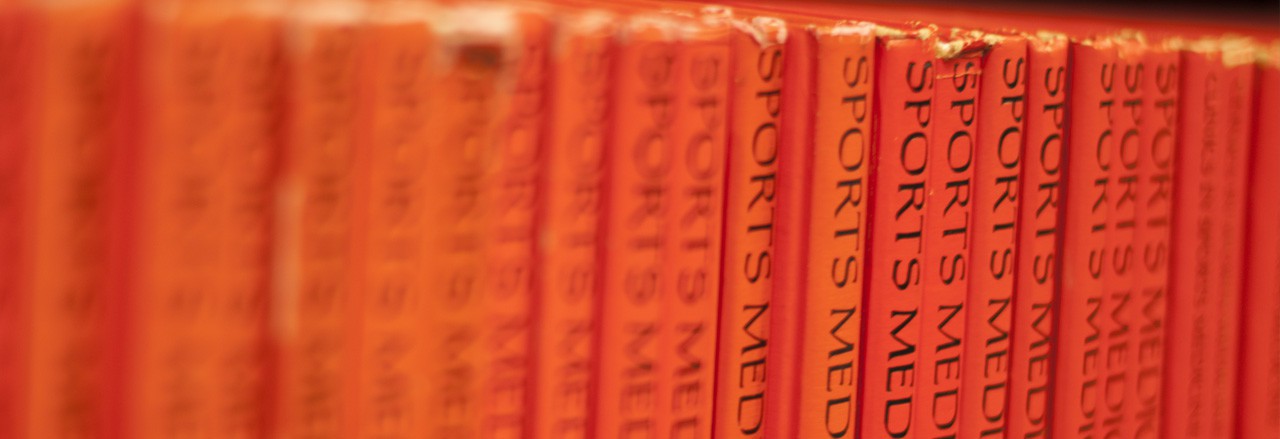General
- The shoulder is the body’s most mobile joint.
- The same anatomy that gives the shoulder its amazing mobility and range of motion also makes it vulnerable to dislocating or becoming unstable, a condition called instability.
- Instability is a catch-all term that means the ball does not stay in the socket the way that it should giving you a sense of abnormal looseness or the sensation that it is going to come out when you put your arm into certain positions.
- There are several different types of shoulder instability such as:
- By the direction of instability – anterior (front), posterior (back), or multidirectional (MDI).
- By the way it happened – traumatic (from a specific injury) or atraumatic (without a specific injury).
- MDI is typically atraumatic and often occurs in both shoulders. It usually responds well to non-surgical treatment
Anatomy
- The shoulder is a ball-in-socket joint, but the socket (glenoid) is very shallow making the shoulder look like a golf ball on a tee.
- The glenoid labrum is a soft tissue structure that goes around the rim of the glenoid, forming a bumper that helps to deepen the shallow socket.
- The labrum also serves as an attachment site for the capsule that surrounds the shoulder and the glenohumeral ligaments that help keep the ball in the socket.
- The rotator cuff is a series of four tendons that work together to stabilize the shoulder, keeping the ball appropriately positioned in the socket during shoulder motion.
Injury & Risk Factors
- Overuse
- Generalized laxity
- Collagen disorders
Signs & Symptoms
- Pain
- Instability
- Weakness
- Crepitus
- Instability during sleep
Diagnosis
- Physical examination
- Range of motion
- Rotator cuff strength
- Positions and movements that reproduce pain
- Assessment of general ligamentous laxity (“double jointed”)
- X-rays help determine that the shoulder is in place (reduced) and helps us see if there are any injuries to the bone. X-rays do not show soft tissues.
- MRI (magnetic resonance imaging) is a very useful tool that lets Dr. Taylor look at the soft tissue anatomy of your shoulder to help determine the extent of your injury and the best treatment strategy.
Treatment
Non-operative care focused on strengthening the network of muscles that control the shoulder and shoulder blade are the most effective treatment. The vast majority of patients will respond to this type of care, but the physical therapy and rehabilitation process can take many months.
Non-Surgical Care
- Activity modification – avoid activities and movements that cause symptoms
- Non-surgical approach is a reasonable option for many patients.
- Structured physical therapy protocol to strengthen the muscles that stabilize the shoulder
Surgical Treatment
- Surgical treatment is reserved for patients who have failed extensive conservative measures. Efforts are made to tighten the ligaments and capsule within the shoulder to improve stability. The surgery may be performed either arthroscopically or through and open incision based upon individual factors. Dr. Taylor will discuss your case with you in detail.


